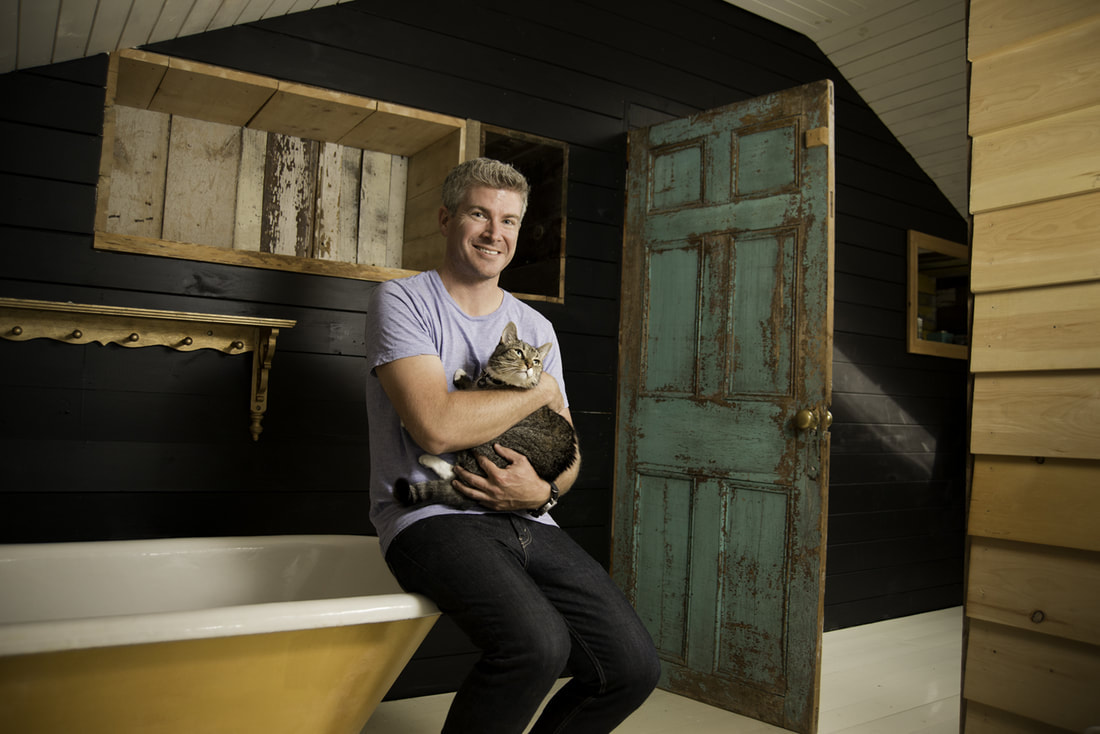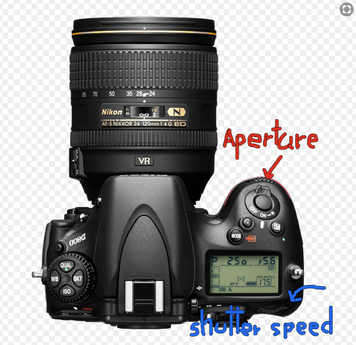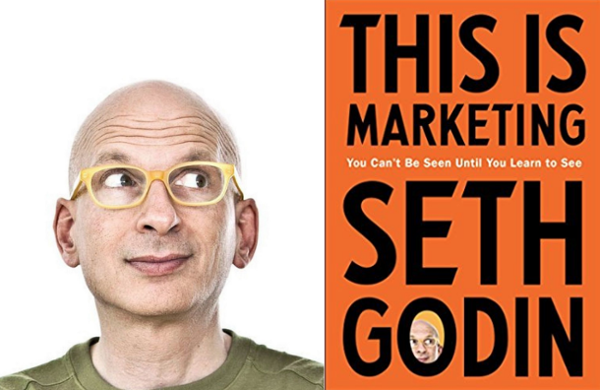|
Dan O'Toole, whom I'd never heard of before I got the email from the Peterborough Humane Society, seems to be a pretty down-to-Earth dude. He and the family were in the process of moving into a 19th home on the main street of Orono, when I showed up with my minimal photography kit to photograph him and his kitty, Vera.
It seems that Dan is a pretty well known half of a TV sports reporting duo here in Canada. Like I said, before I got the email, I had no idea who he was. I have to say, that even though he is relatively well known amongst a certain crowd, he seems to kept his feet firmly planted. I had a pretty good session with him and his little family. I'd happily do it again. It's not too often that I volunteer my time, but I felt that it was a good cause and the least I could do to help out the Humane Society. Not that I haven't volunteered in the past. Back in 1996 I shot speed skating and other events for the Winter Special Olympics in Toronto. That was interesting, but I'm not sure that I would put in that much time again without some sort of financial compensation. Thanks again Dan and Vera. Watch for their portrait in the upcoming fundraising calendar for the Peterborough Humane Society.
0 Comments
Which do I change to get the desired effect on my image?
Well, that depends on your situation and what you are trying to do. First, let's look at what each of these changes actually do. Aperture. The aperture, or the opening in the lens through which the light travels from your scene to the light-sensitive surface (film or sensor) can be widened or narrowed using the dial indicated in the image above. In this case it is a Nikon D800 camera. By making the aperture (opening) wider, you are letting in more light from all sources. That includes flash units, sunshine, manmade lights etc. Alternatively, by making the aperture smaller, you are reducing the amount of light that reaches the sensor or film. Pretty simple. Now lets look at the Shutter speed. The shutter speed is essentially the length of time the shutter stays open once you press down on the shutter release button. It can be measured in fractions of a second, all the way to minutes and even hours depending on the situation and camera. Combining these two adjustments will determine how bright your subject will be and to a point, how bright the background will be. It can also determine if a moving subject is frozen still in the scene or if it appears blurry. Let's say for example that you are photographing a 3 year old child playing in the park, and that you want to freeze the action, keeping the facial features sharp and recognizable. By using a fairly open aperture you can keep the child in focus and blur the background. Something around f5.6-f8 would be a good starting point. Combine this with a shutter speed of around 1/250 second will give you an image that stops the moving child, making them the centre of attention. One caveat of this technique is that as the lens becomes longer, the depth of sharpness decreases. For example, if I use a 200mm lens at f5.6 my depth of sharpness (depth of field) will be less than if I use a 50mm lens. If I use a wide angle lens, such as 24mm at f5.6, the majority of my scene will be in focus. Keep this in mind when you choose a lens for shooting portraits. The best thing to do in deciding which lens to pick, is to practice before you need to. Are you shooting landscapes? Do you want all the scene to be in focus from near your location to the distant hills? In this case, a wide angle lens in combination with a small aperture will serve you well. For example, a 15 to 24mm lens could be perfect depending on the composition you are going for. Set that to f11 or so, and your depth of sharpness (depth of field) will be the greatest. When you start shooting at apertures in the area of f16 to f32, the lens may introduce distortion because of how light is diffracted through the tiny opening. This is a good time to do some testing in order to judge the ideal aperture for your situation. Using a flash to illuminate your subject? In cases such as these, your aperture is even more important. Read about what to do in these situations in the next blog post. Feel free to ask questions if you need to clear up anything that confuses you. I'm here to help. |
Mike Taylor
Photo-Artist working a personal vision. Archives
July 2024
Categories
All
For those of us interested in better marketing techniques, get this book.
Mike Taylor Photo Arts
205Wilson Street
Peterborough
ON
K9J 1S7
Canada
|




 RSS Feed
RSS Feed
